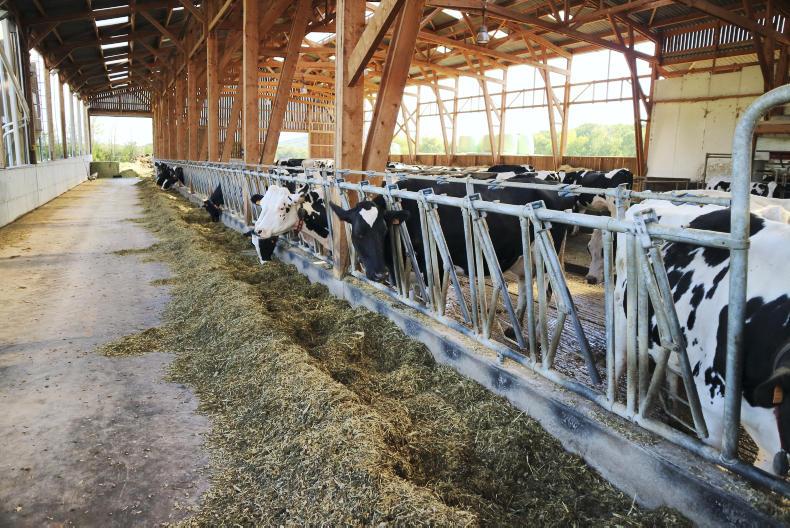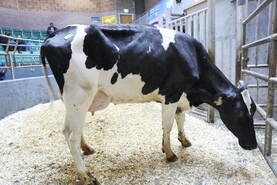It’s been a roller coaster couple of years for Dutch dairy farmers. In 2017, the Dutch government introduced a ceiling on phosphate levels from farming.
Effectively a new quota, this phosphates ceiling forced many dairy farmers in the Netherlands to cull dairy cow numbers in order to stay below the threshold and avoid fines and other penalties.
This new quota for phosphates saw tens of thousands of dairy cows culled from the national herd in the Netherlands over the last 18 months. The culling of dairy cows also led to a sharp reduction in Dutch milk production over the last two years.
Ceiling
However, cull rates from Dutch farms have slowed considerably in recent weeks, with the national herd now comfortably below the ceiling set by the Dutch government. And for the first time in almost two years, Dutch milk production has started to grow once more.
For October, milk production from Dutch dairy farms stood at just under 1.1bn litres, which is up 2%, or more than 20m litres, on the same month last year.
This is the third month in a row that Dutch milk collections have risen and signals an end to the heavy declines for most of the last two years.
It seems the decline in Dutch dairying has bottomed out
In September, milk production in the Netherlands totalled 1.07bn litres, which was up 1.7% on the corresponding month in 2018.
September and October collections brings Dutch milk production for the first 10 months of 2019 (Jan-Oct) to a cumulative 11.1bn litres, which is 1.4% behind the same period last year.
However, as we creep closer towards 2020, it seems the decline in Dutch dairying has bottomed out and growth is set to resume this spring.
France
Meanwhile, French milk production for September came in at 1.8bn litres, which was almost 1% ahead of the same month last year.
This brings French milk production for the first nine months of 2019 (Jan-Sept) to a cumulative 17.9bn litres, which is 0.8%, or 250m litres, behind the same period last year.
France is the second-largest milk-producing country in Europe and output from French dairy farms has a major bearing on sentiment in European dairy markets.






 This is a subscriber-only article
This is a subscriber-only article










SHARING OPTIONS: